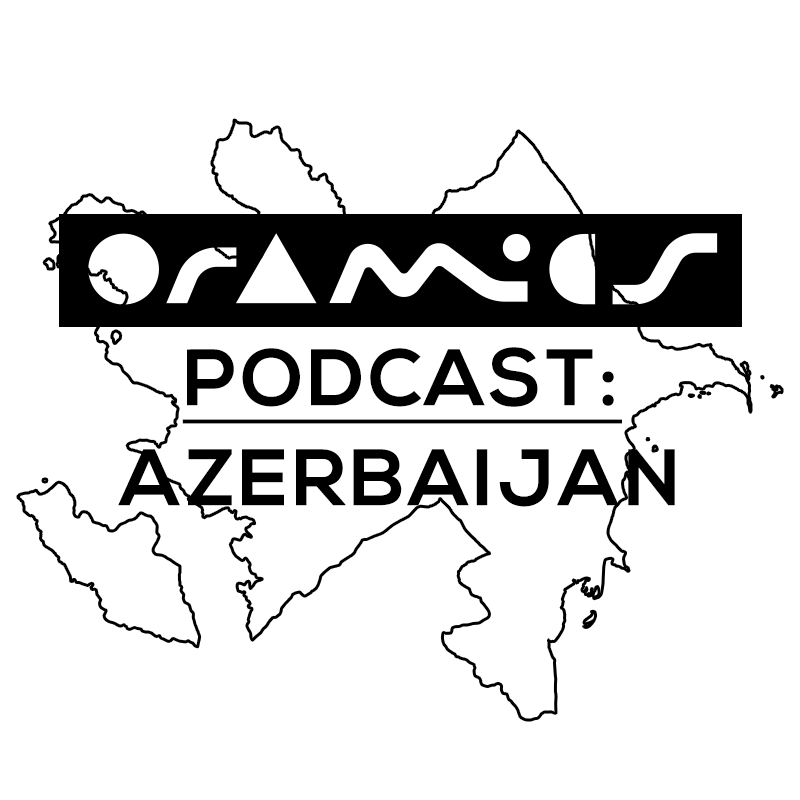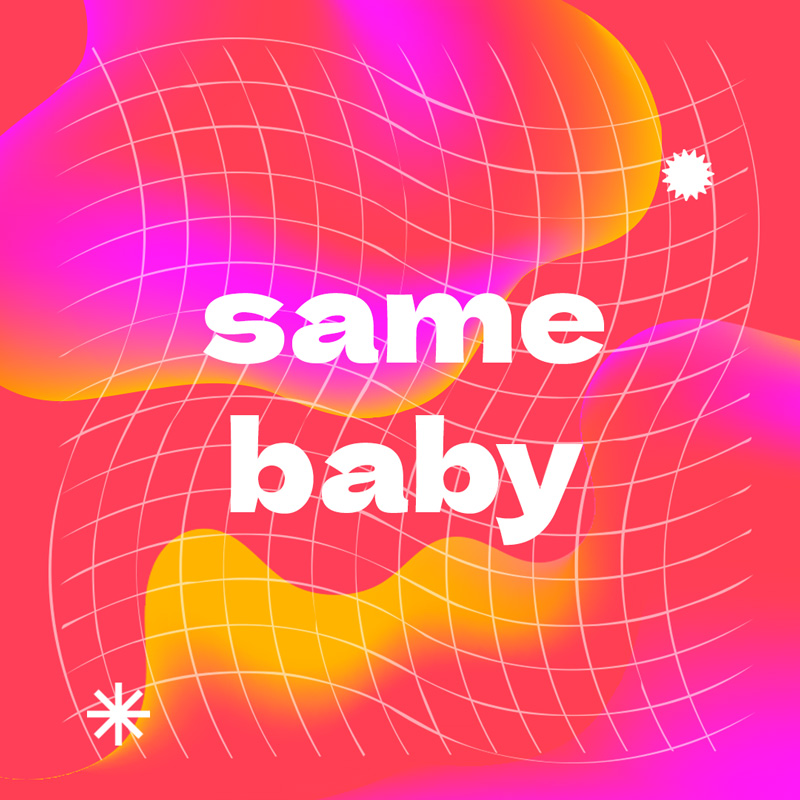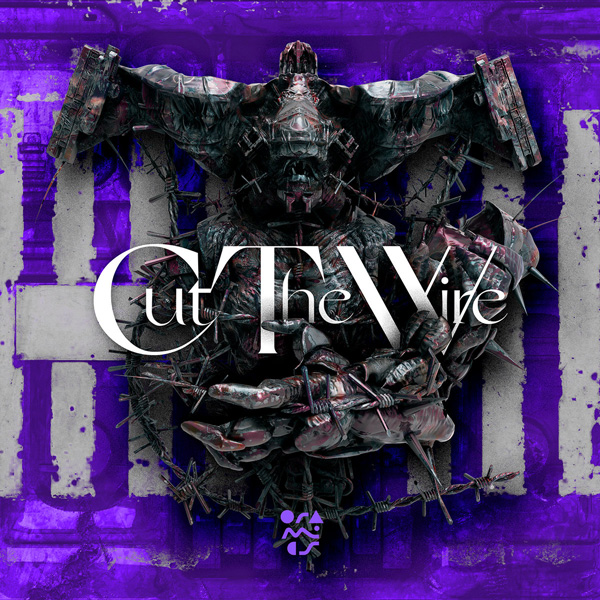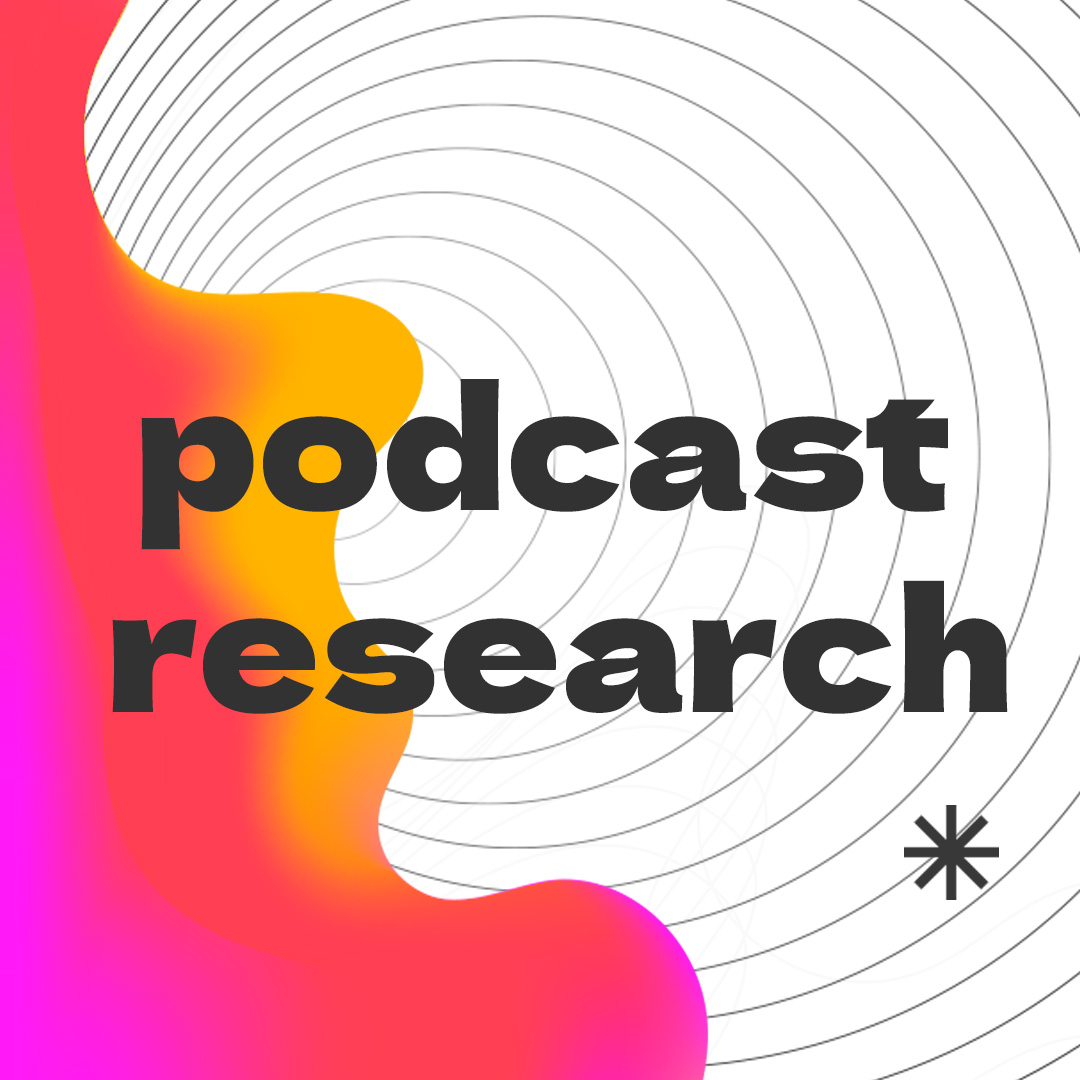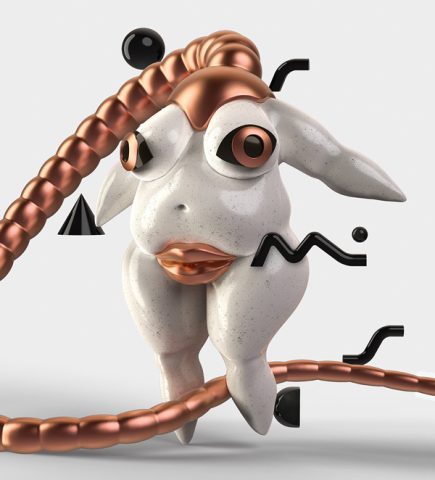One of those pivotal figures was Daphne Oram (1925-2003) who worked at the BBC Radio. She was so determined that she chose not to attend the Royal College of Music and was hired as a “music balancer” at the BBC. Along with Desmond Briscoe, she established the legendary BBC Radiophonic Workshop and became its first director. After leaving the BBC in 1959, she continued her research, including a composition system later known as Oramics.
The beginnings weren’t easy. While attending one of the courses for residents of the Workshop, she suggested building a new type of oscilloscope – one that would read sounds from the image, rather than the other way round. Unfortunately, she was treated as a flibbertigibbet, as if she didn’t know what she was talking about.


